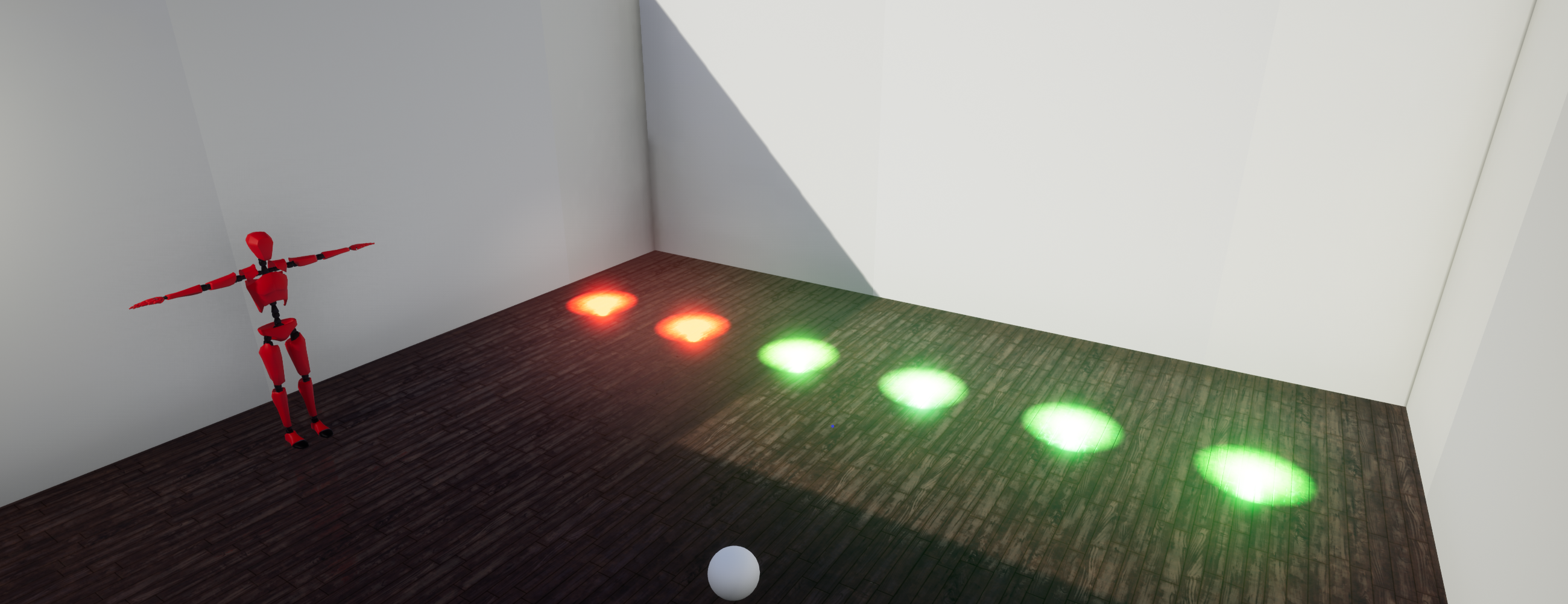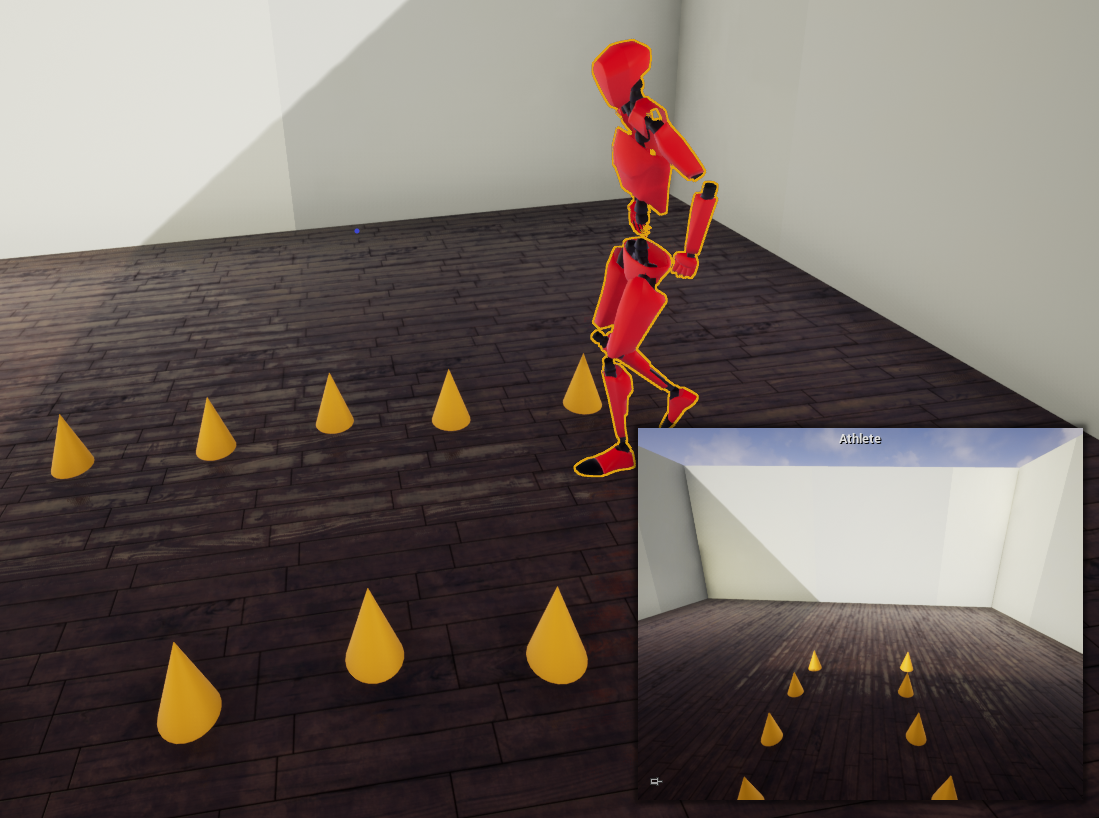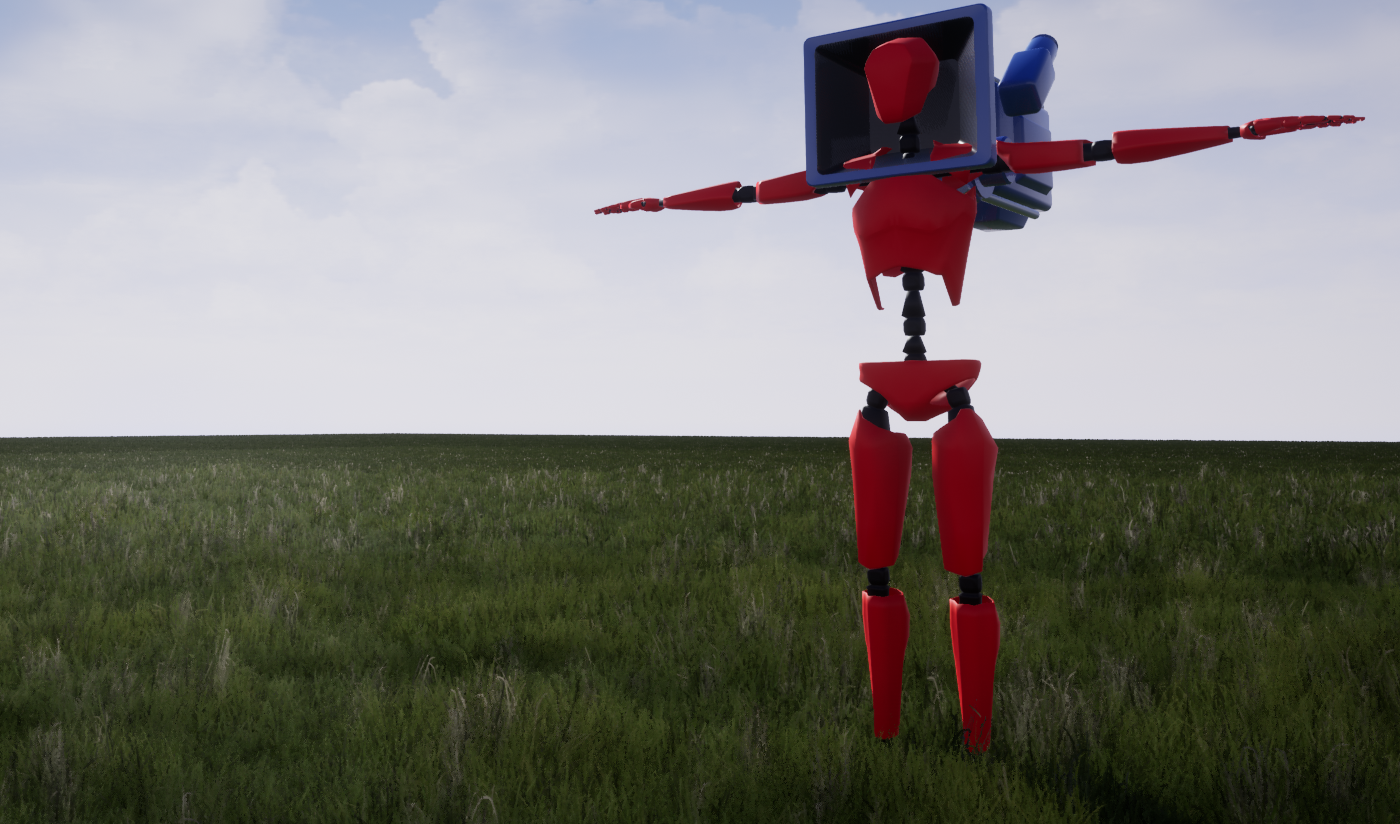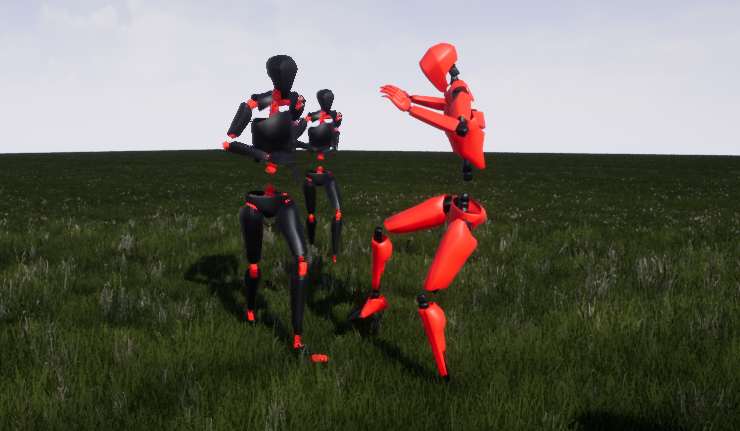Abstract
This research discusses a virtual reality solution to identify possible factors that would impact self-efficacy beliefs of soccer athletes recovering from lower extremity injury while engaging in dynamic tasks within a soccer-specific virtual environment. The Psychological Response to Sport Injury Inventory (PRSII 19-item version) measurement and brief interviews will be used after each virtual reality exposure. The virtual reality simulation will consist of three major components: virtual reality environment, motion capture of the subject, and haptic feedback. The virtual reality environment consists of three levels that vary in complexity and degree of the subject's interaction. Levels one and two will be set in a virtual physical therapy room where the subject will be introduced to virtual reality and minor dynamic interactions. Level three will be set in a virtual soccer field and will expose the subject to high dynamic interactions and decision making.



